Continuing the trend reversal that began in 2013, Greenland's ice sheet has started the 2022-2023 season in comparatively impressive fashion.
Yesterday, the island logged Surface Mass Balance (SMB) gains never before witnessed during the month of October in data extending back to 1981.
Daily gains of 7+ Gigatons were registered by the Danish Meteorological Institute (DMI) on Monday — unprecedented for the time of year:
Moreover, the season — overall- continues to comfortably track above the 1981-2010 mean:
Greenland, once the poster by for 'Anthropogenic Global Warming', is letting the side down.
And undoubtedly, as inconvenient data set after inconvenient data set continues to roll in, the Greenland Ice Sheet will go the same way as Polar Bears and The Great Barrier Reef; that is, swept under the rug, never to be mentioned again, due to their real-world data points continuing to jar with -and potentially upend- The Narrative.
Low Solar Activity Persists
The face of the Sun is almost blank.
Despite four numbered sunspot groups peppering the surface, they are all small, insignificant and quiet.
As a result, solar activity remains very low:
This has largely been the story of Solar Cycle 25 so far.
Officially commencing in December, 2019, SC25 -although slightly outperforming its predecessor, SC24- is progressing within the expected range; that is, the cycle is on course to be another historically weak one, markedly lower than SC21, SC22 and SC23:
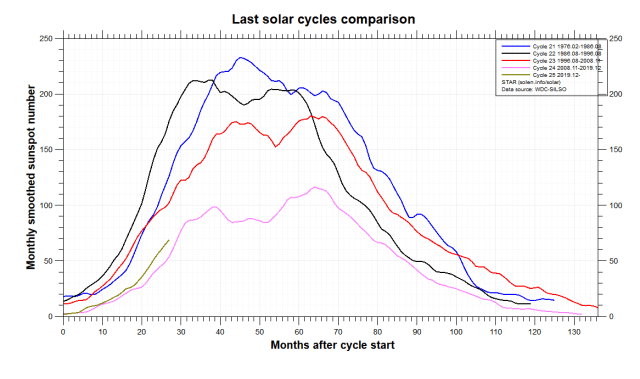
Also as predicted, the cycle's strength appears to be waning somewhat — 'the curve is flattening'.
This likely means a persisting migraine for the AGW Party, because as has ALWAYS occurred throughout known time, a drop in solar activity coincides with a drop in global temperatures — this correlation is well-established and irrefutable.
Clear to see is just how lackluster the two most recent cycles are proving to be. They are the weakest in more than two centuries:
Source
It is fair to conclude that the forecast continuation of the Sun's slumberous trajectory will continue to impact global temperatures, which, as of Sept, 2022 — the latest data point- are some 0.47C off the 2016 peak and falling, according to the satellites.
Unprecedented Gamma-Ray Burst "Made Currents Flow In The Earth"

On October 9, 2022, Earth-orbiting satellites detected the strongest gamma-ray burst (GRB) in modern history: 'GRB221009A'. The blast was so strong that it caused electrical currents to flow through the surface of our planet.
Dr. Andrew Klekociuk in Tasmania recorded the effect using an Earth Probe Antenna:
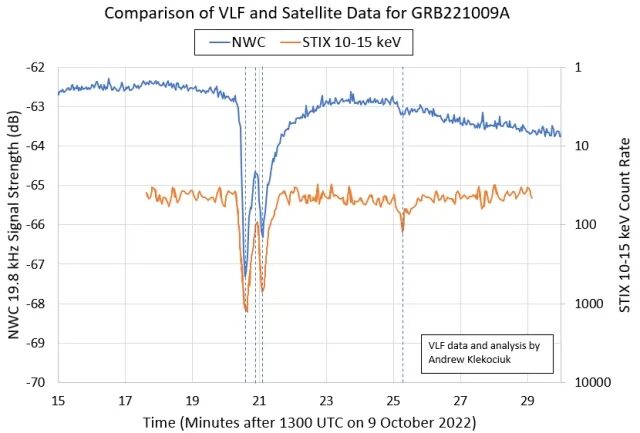
"I am a climate scientist at the Australian Antarctic Division-that's my day job," says Klekociuk. "VLF is my hobby. I started doing VLF radio measurements in the 1970's when I was in high school. This is the first time I have detected a gamma-ray burst."
Klekociuk's unusual "ham rig" uses Earth itself as a giant antenna. In his back garden he has two metal spikes stuck into the ground 75 meters apart. These are connected to a radio receiver via insulated buried wires.
In recent years, amateur radio operators have been experimenting with this weird kind of antenna to detect VLF radio signals circling our planet in the Earth-ionosphere waveguide. Earth's crust forms one of the waveguide's walls, allowing Earth Probe antennas to detect distant transmitters.
"During the gamma-ray burst I detected flickering from multiple stations," says Klekociuk, who made the below map showing transmission paths illuminated by the GRB:
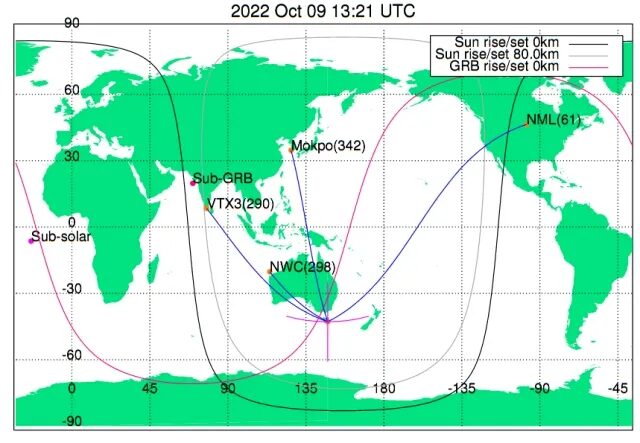
The outburst on Sunday, October 9 truly did shock astronomers, continues the spaceweather.com article.
Consider this tweet from Phil Evans of the University of Leicester in the immediate aftermath of the burst. Evans, who works with data from NASA's Swift gamma-ray observatory, adds that the overflowing signal actually broke some of his plotting software.
Researchers have now pinpointed the origin of the burst.
It came from a dusty galaxy some 2.4 billion light years away, almost certainly triggered by a supernova explosion.
This is actually the closest GRB ever recorded, accounting, at least in part, for its extreme intensity.
"In our research group, we've been referring to this burst as the 'BOAT', the Brightest Of All Time, because when you look at the thousands of bursts gamma-ray telescopes have been detecting since the 1990s, this one stands apart," says Jillian Rastinejad, an astronomer at Northwestern University who has been monitoring the burst's afterglow using the Gemini South Telescope in Chile.

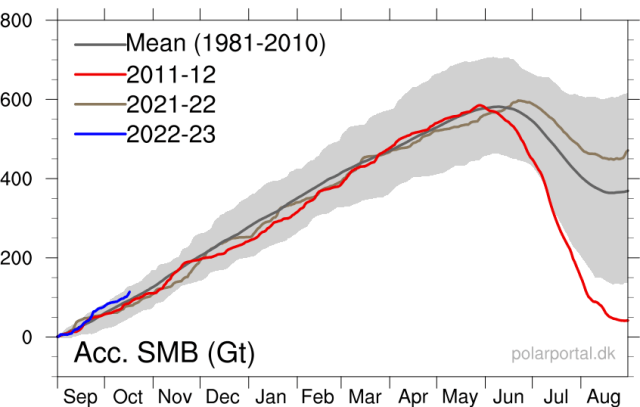

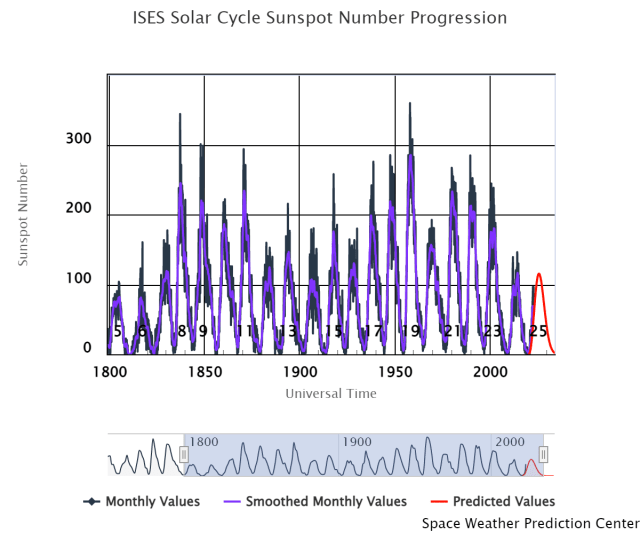



What happens when you blanket something? Anything? Heat is held in. During the winter, people put plastic sheeting, blankets, or an insulating material over their plants to protect them from cold and ice. Same here. The heavy metals aren't deflecting the sun's rays. The heavy metals are keeping the earth warmer than it normally would be.
They know we're going into a solar minimum.
The chemtrails have the added advantage of sickening the population slowly over time which, for the elites, is simply a bonus.